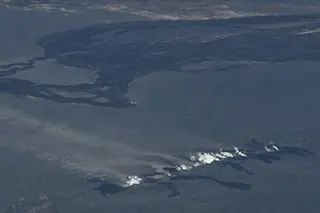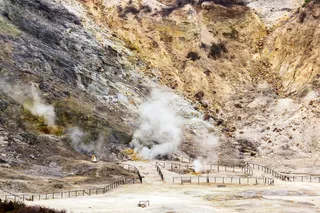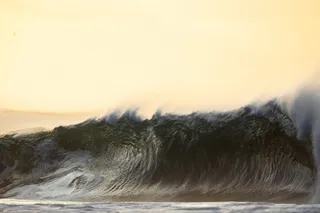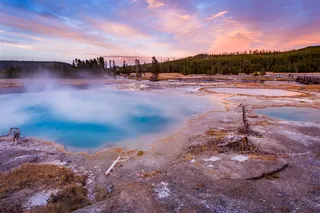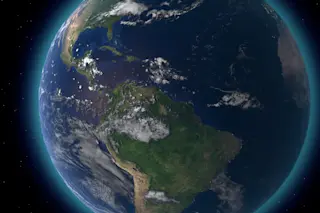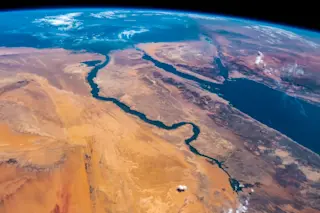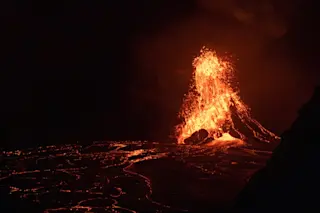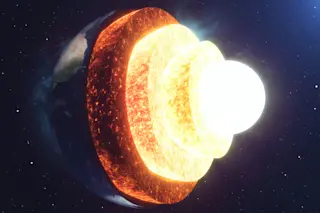The ~0.6 km fissure eruption from the Holuhraun lava fields in Iceland. Small lava flows (dark black in foreground only) and degassing (white steam and volcanic plumes) show the extent of last night's eruption. Photo by Almannavarnir Iceland / Twitter. Yesterday we had two eruptions grab everyone's attention - one from the area that has had everyone's attention between Iceland's Bárðarbunga and Askja in the Holuhraun lava field and one unexpected eruption from the Tavurvur cone in the Rabaul Caldera of Papua New Guinea. The Icelandic eruption that everyone has been waiting for ended up being small, lasting ~3-4 hours and producing lava flows and spatter ramparts. Video of this morning's flyover show a linear fissure about 0.6 km long (see above) that is still degassing strongly, but no lava is currently erupting. A shot of the eruption site (see above) released today clearly shows the short lava flow tongues ...
Updates on Eruptions in Iceland and Rabaul
Discover the Holuhraun lava fields and their recent eruption in Iceland, showcasing intriguing lava flows and volcanic activity.
More on Discover
Stay Curious
SubscribeTo The Magazine
Save up to 40% off the cover price when you subscribe to Discover magazine.
Subscribe

